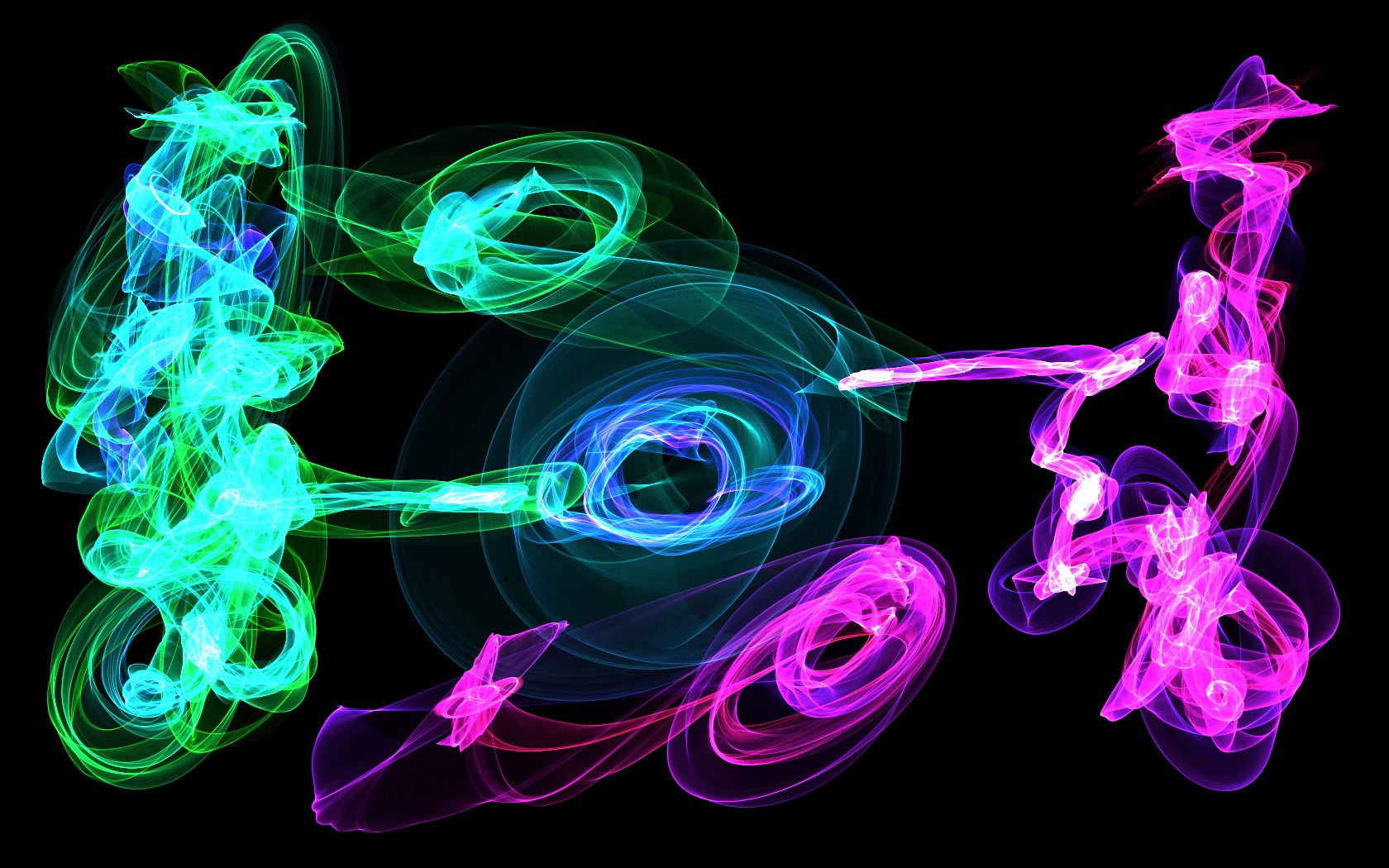State Standards
- 1. Newton’s laws predict the motion of most objects. As a basis for understanding this concept:
- 1.a. Students know how to solve problems that involve constant speed and average speed.
- 1.b. Students know that when forces are balanced, no acceleration occurs; thus an object continues to move at a constant speed or stays at rest (Newton’s first law).
- 1.c. Students know how to apply the law F=ma to solve one-dimensional motion problems that involve constant forces (Newton’s second law).
- 1.d. Students know that when one object exerts a force on a second object, the second object always exerts a force of equal magnitude and in the opposite direction (Newton’s third law).
- 1.e. Students know the relationship between the universal law of gravitation and the effect of gravity on an object at the surface of Earth.
- 1.f. Students know applying a force to an object perpendicular to the direction of its motion causes the object to change direction but not speed (e.g., Earth’s gravitational force causes a satellite in a circular orbit to change direction but not speed).
- 1.g. Students know circular motion requires the application of a constant force directed toward the center of the circle.
- 1.i.* Students know how to solve two-dimensional trajectory problems.
Project Summary
The objective of the War Games Class Project was to collect information about trebuchets and catapults. First, and foremost, we discussed and defined the differences between catapults and trebuchets. Secondly, we were to construct replica/scale-models of trebuchets and/or catapults. Thirdly, we used the scale models to collect information on projectile velocities.
How I Learned
This project used skills in construction and equations. Students used equations to calculate the initial and final velocity of the projectiles. Students also found the maximum distance that the projectiles could reach. Engineering skills were used to construct stable siege engines. The weapons required large bases to maintain stability because of the forces involved in launching and recoil.
What I Learned
This project taught me a few things, but covered many things I already knew. Trebuchets and catapults are dominated by a single, major difference, the force that drove their projectiles. Trebuchets use a counterweight in combination with gravity to launch a projectile with consistent results. Catapults, on the other hand, use tension and torsion to launch projectiles, often with less than consistent results. However, catapults are far simpler to construct and require less precision. The saying “you get what you pay for” comes to mind, because a catapult is second-rate to a trebuchet. (Invasion of opinionated comments… )
Real-Life Applications
In real life, similar work is used on real weapons of war. In today’s day and age, this primarily refers to artillery and long-range weapons. Mortars, howitzers, and cannons all have the same basic concept of parabolic travel. The velocities involved are of more import with simple rounds that do not use exploding warheads. Weapons designers will try to create a weapon with as high a final velocity as possible to cause as much damage as possible.





